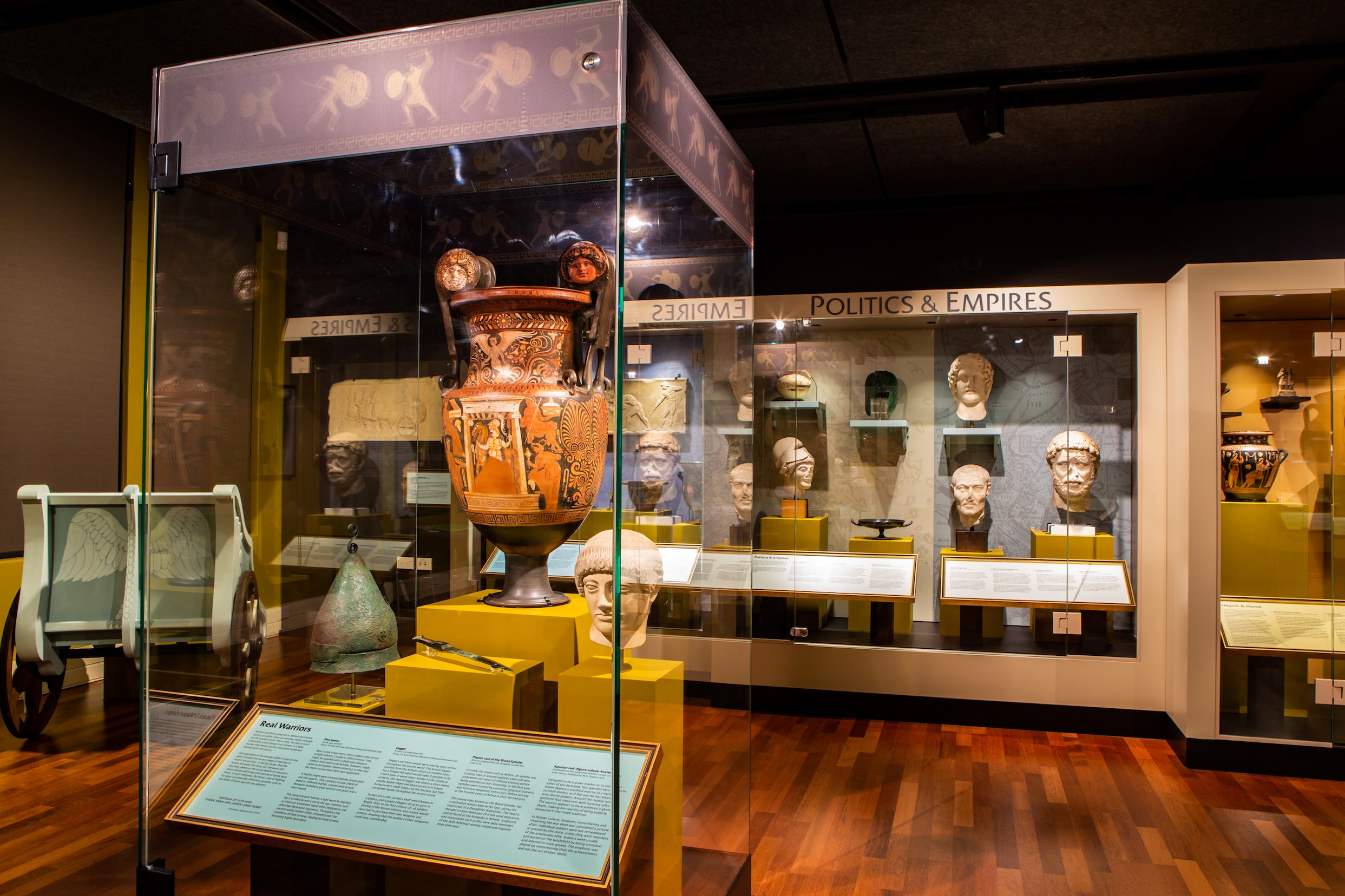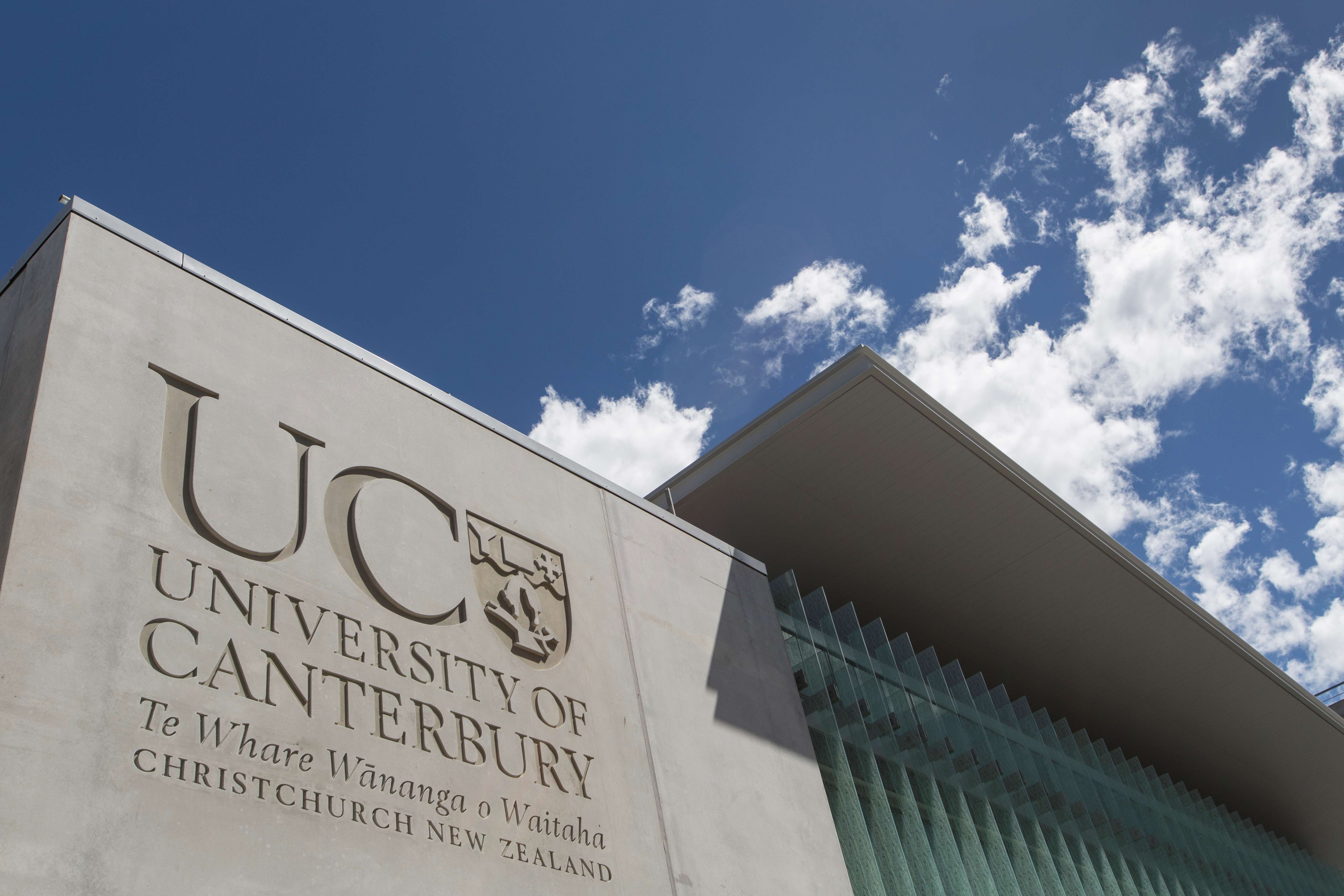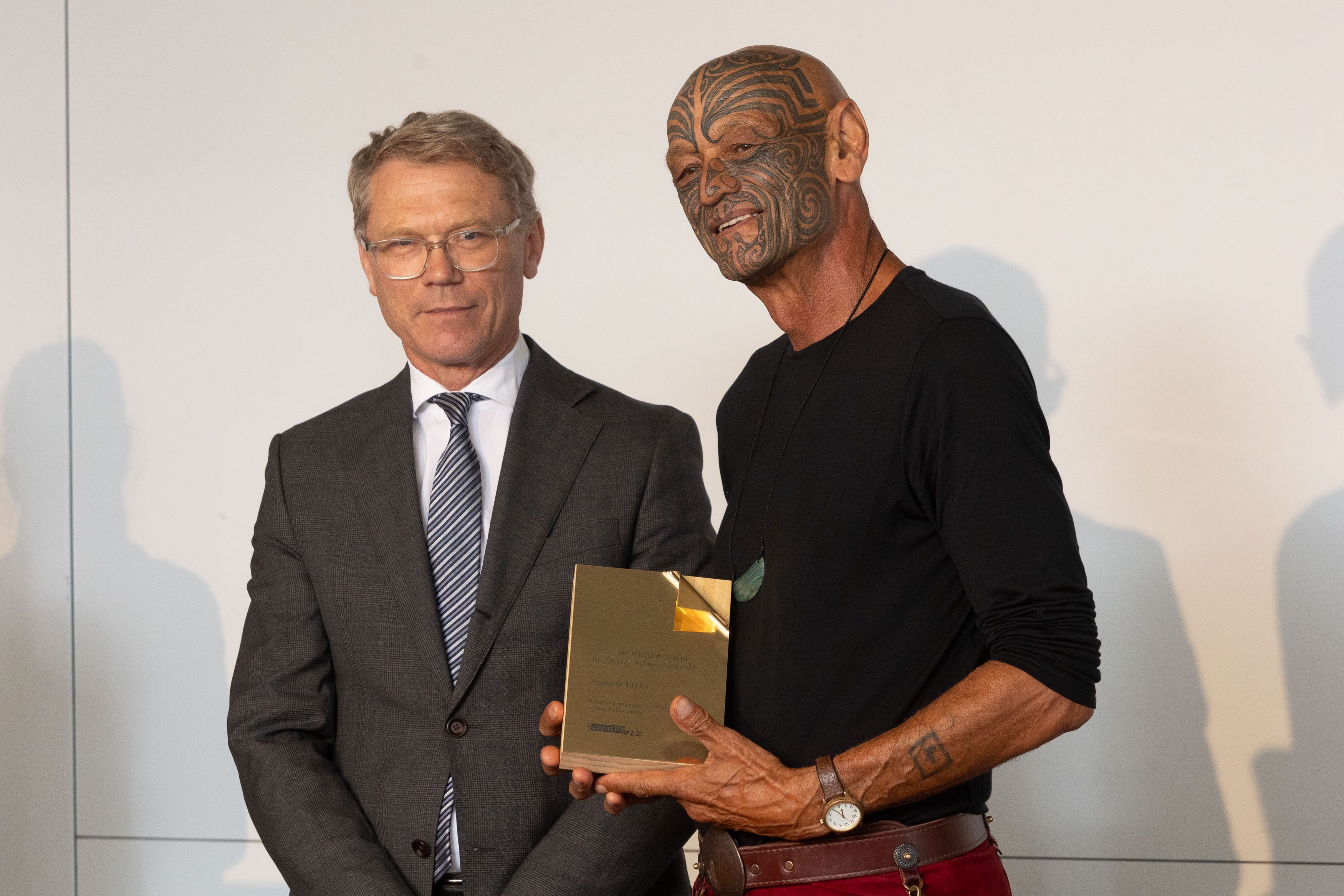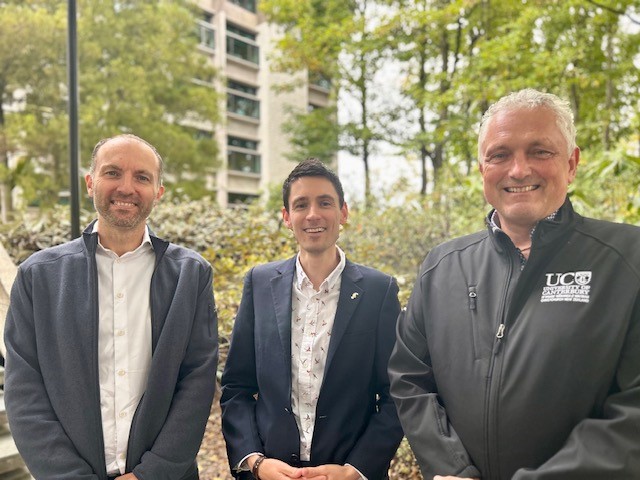New Zealand’s government has announced a long-awaited quarantine-free travel bubble between New Zealand and Australia, beginning on April 19.
Provided there is no significant community outbreak in Australia, the risk of New Zealand importing cases of COVID-19 is very low. But should there be a community outbreak across the Tasman, the risk of bringing the virus into New Zealand could escalate rapidly, if travel numbers return to pre-COVID volumes.
This is why it will be critical to act swiftly if this happens.
Responding to a community outbreak
New Zealand and Australia have both had numerous outbreaks of COVID-19 originating from managed isolation facility or other border workers. Frontline border workers are being prioritised for vaccination in both countries, which will reduce the risk of this happening again. But it is still possible — and it’s therefore crucial we have a solid resurgence plan.
The New Zealand response to a new community case in Australia will be based on the same decision making we have seen used in response to community cases here. A new case with a clear link to the border poses a relatively low risk and can usually be managed by contact tracing without the need for restrictions. In this situation, travel could safely continue.
But, as our modelling has shown, a new case with no clear link to the border indicates a higher risk of community transmission and undetected cases. In this scenario, travel from that state would be suspended until the risk diminishes.
Once travel resumes, travellers may be asked to take a test, to self-isolate at home on return, or to go into managed isolation.
New Zealand wouldn’t have sufficient managed isolation and quarantine (MIQ) capacity for everyone returning from even a single Australian state. Home isolation is the most likely option under most circumstances. But as long as people do what is asked of them, this will keep the risk of importing COVID-19 from Australia into New Zealand very low.
Flyer beware
People planning a trip across the Tasman should factor in the possibility of travel disruption before buying tickets. They should have contingency plans if they have to delay travel or self-isolate on return. Unfortunately, “flyer beware” is a reality of international travel during a pandemic.
It will also be important that New Zealand and Australian authorities share contact tracing information efficiently if needed and get in touch with people who were potentially exposed prior to travelling.
Australian visitors will be asked to install and use the NZ COVID Tracer app while in New Zealand. This will help our health officials trace their contacts should they become infected either before travelling or while in the country.
Passengers travelling in the quarantine-free bubble will also use segregated “green-zone” airport facilities and be on separate flights from passengers travelling from the rest of the world. This will prevent exposure to potentially infected travellers in the air and in the airport.
Border controls with other countries
Crucially, a safe travel bubble relies on both New Zealand and Australia continuing strict border control with other countries that still have community transmission of COVID-19. This will be necessary until we reach high levels of vaccine coverage in New Zealand and the threat from COVID-19 in our community starts to lessen.
Removing the requirement for travellers from Australia to quarantine will free up significant capacity in our MIQ facilities. If this capacity were to be filled with people from countries with high rates of COVID-19, it would increase the risk of border-related outbreaks in New Zealand. Vaccinating our MIQ workers mitigates this risk to some extent but doesn’t remove it completely.
We therefore welcome the announcement that some of that MIQ capacity will be reserved for relatively low-risk countries or as contingency for people needing to return from a hotspot in Australia.
The government should also take this opportunity to consider retiring some facilities, including those that have no exercise space on site or that have proved difficult to manage.
These measures would help us manage the overall risk at the border, and could still bring a slight increase in the number of MIQ rooms available to returning New Zealanders.
You can read the original article on The Conversation here.










